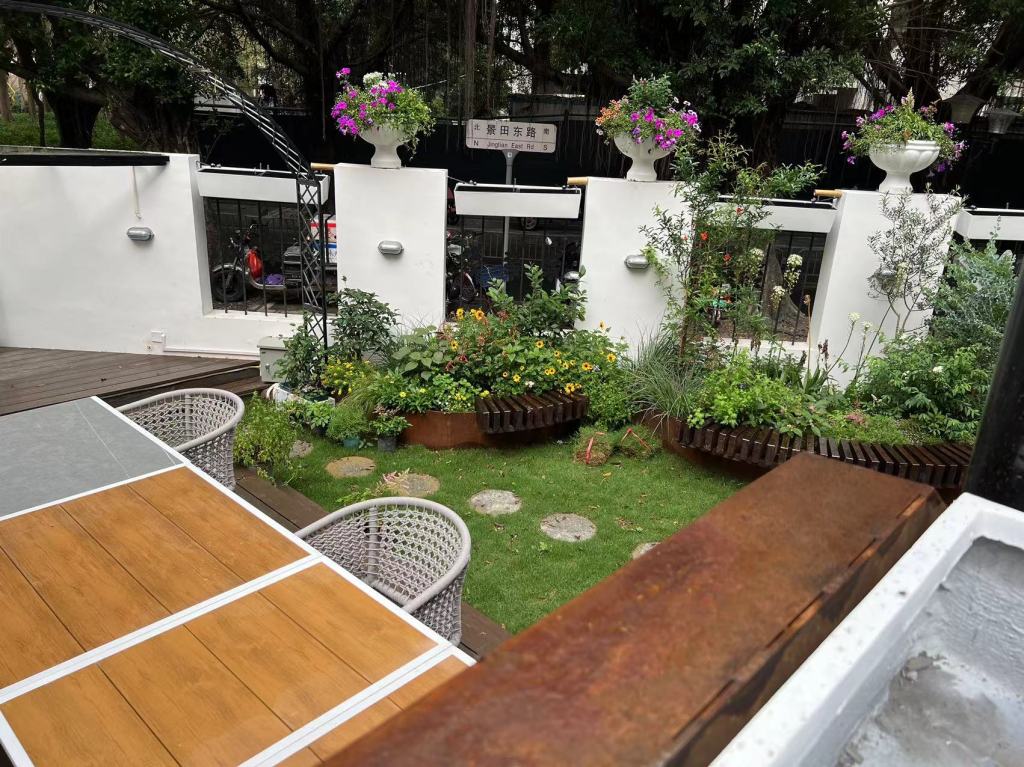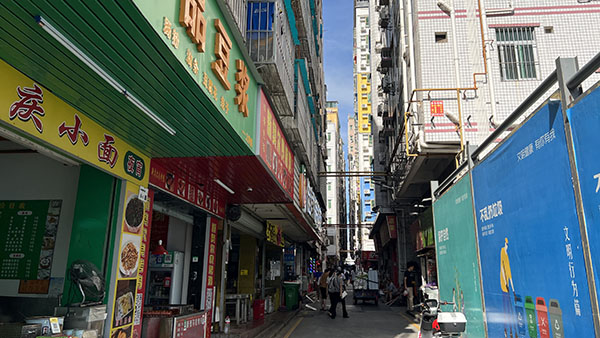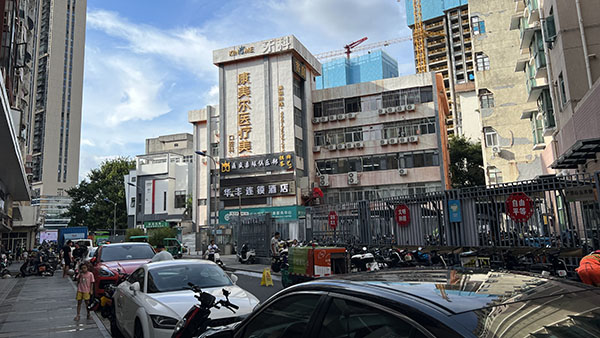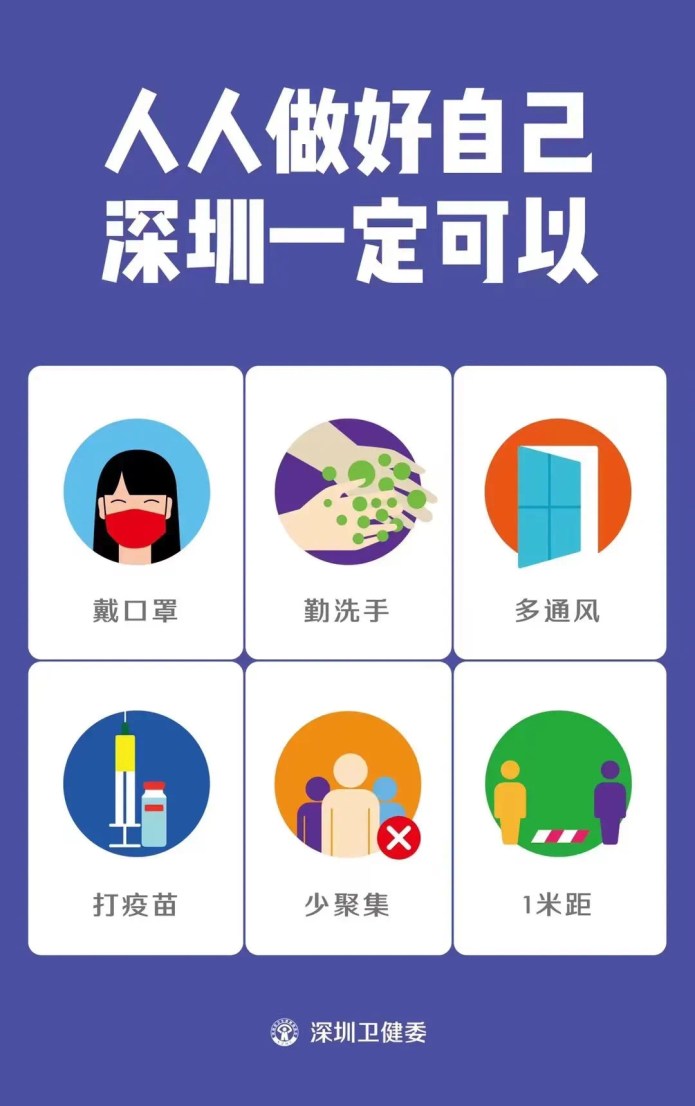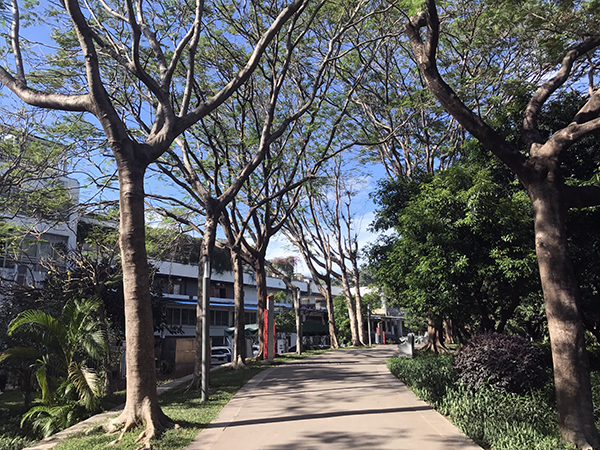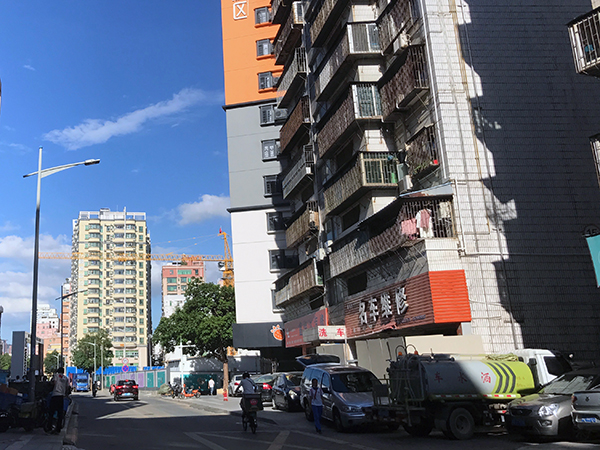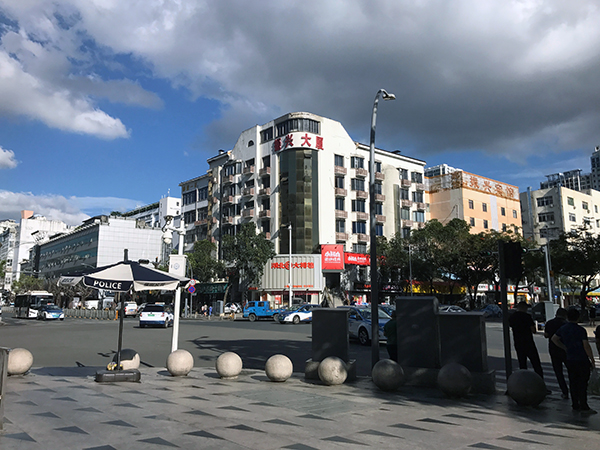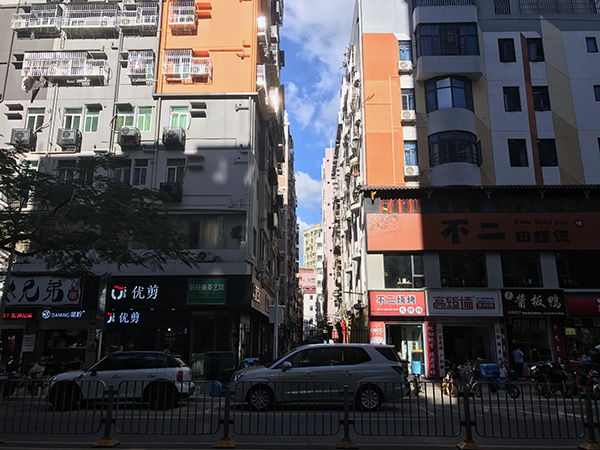A great Shenzhen neighborhood brings together several generations and types of housing. There is usually an urban village or two, danwei housing that was built before 2000 (more or less), and a larger mall complex that brings in the subway. When these clusters of different building types are located within walking distance of each other, you end up with a thriving independent food scene, affordable housing for singletons and low-income families, and upscale spaces that provide air-conditioned comfort for a cup of coffee or a cram school.
Among 90s generation immigrants (who are twenty-something or just turned 30), Meilin has become popular because it not only provides a diversity of housing and shopping options, but also because it is centrally located; anyone who lives here is looking at relatively quick commutes to work. Nearby urban villages are also popular among low-income families, who can rent two-bedroom apartments for 3,000-4,000, which is expensive, but doable with two parents working and an elder who watches children.
The popularity of this kind of mixed housing neighborhoods means that Shenzhen doesn’t have enough elementary school places where most families live. Historically, Shenzhen has lacked school places relative to population, but that was managed through hukou. However, since the city has allowed the children of long-term residents to attend elementary and middle school, high-density schooling has increasingly become an issue in the city, especially in neighborhoods like Meilin, where low-income families live.



